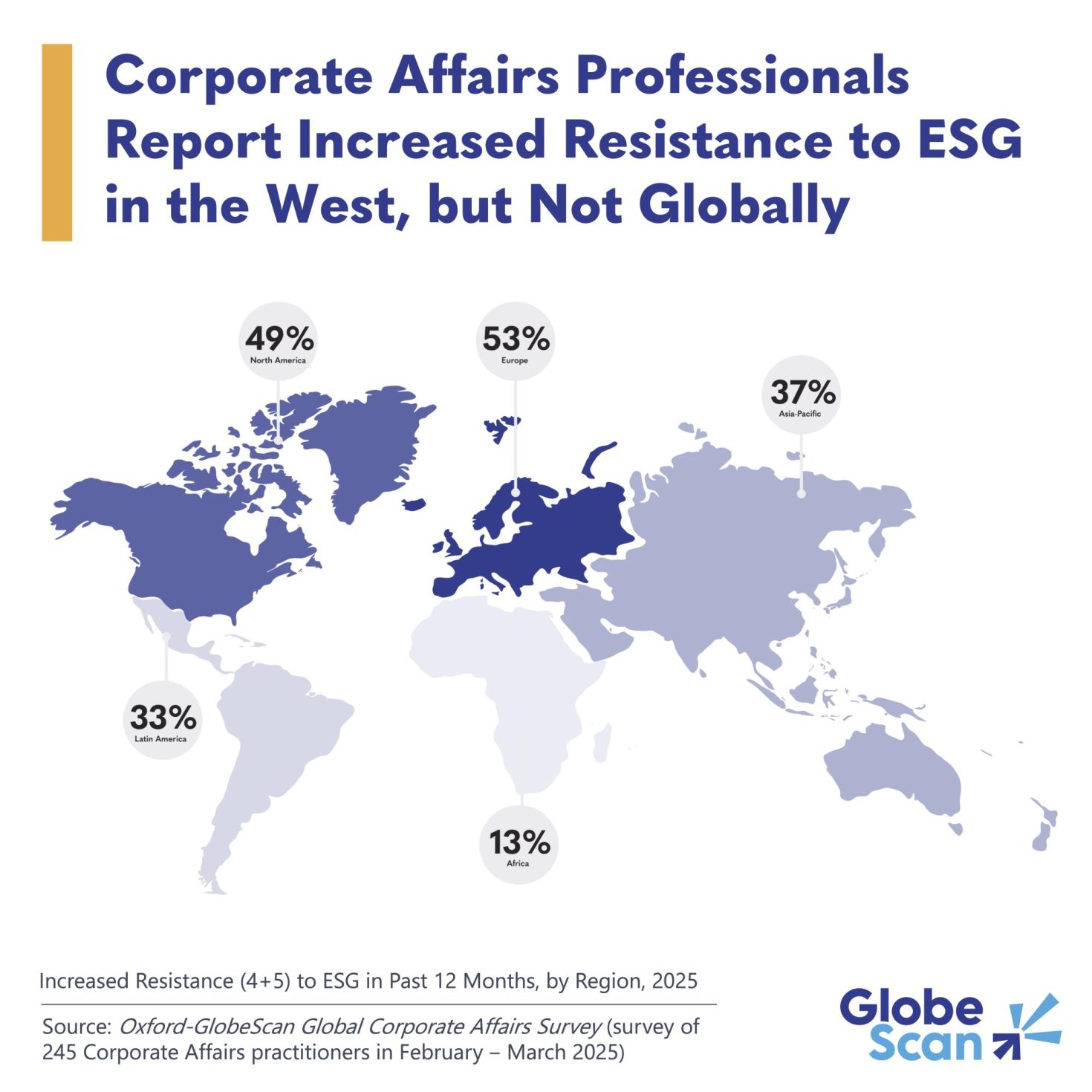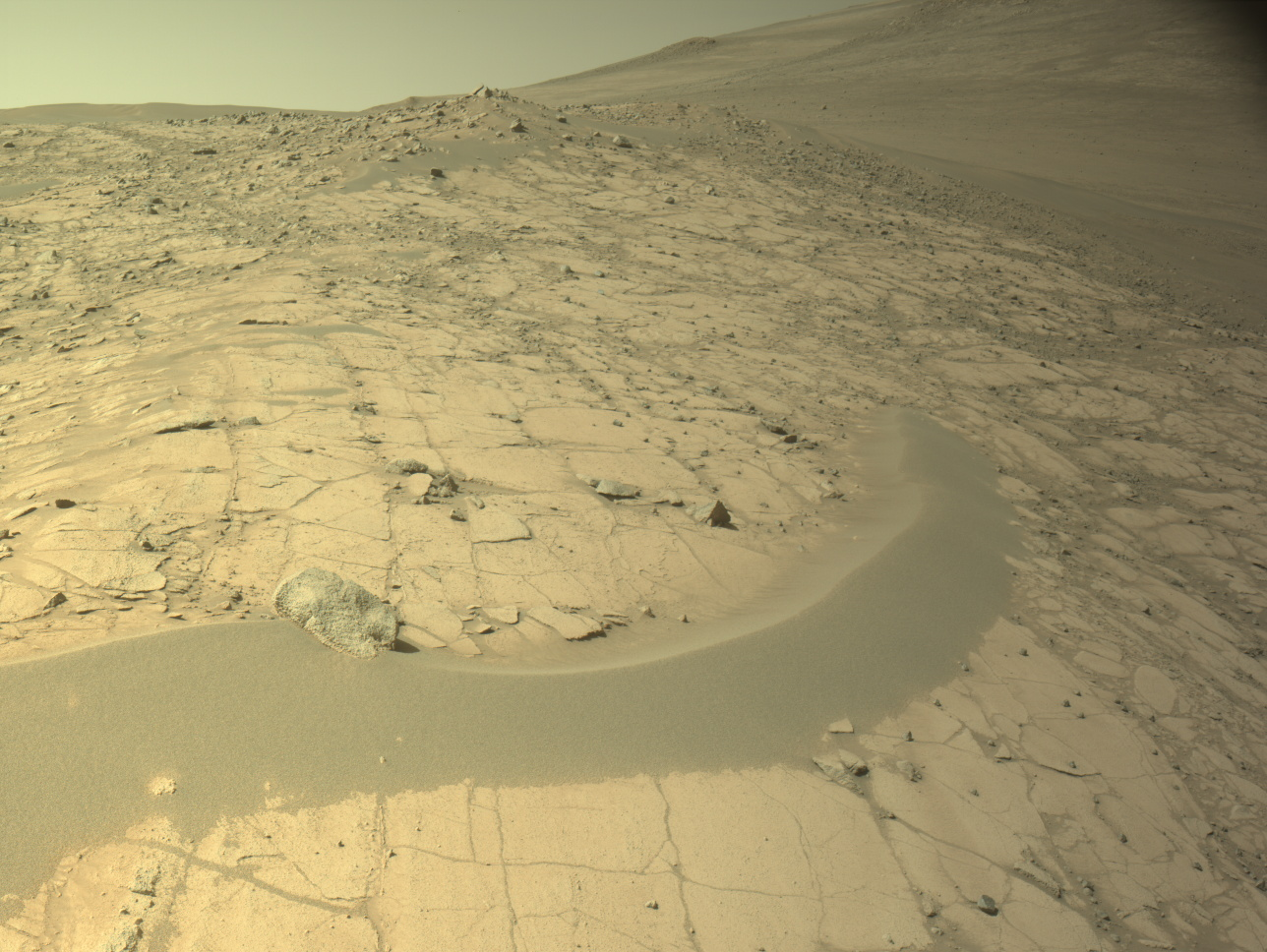Next Big Thing? Drug Discovery Informatics Market is on the Rise
The global Drug Discovery Informatics Market is poised for remarkable expansion over the coming years, driven by increasing demand for advanced technological solutions in pharmaceutical research and the surging reliance on data-driven drug development. This growth is further fueled by breakthroughs in computational drug discovery and the widespread adoption of bioinformatics platforms in pharmaceutical R&D.
Global Drug Discovery Informatics Market size and share is currently valued at USD 3,558.11 million in 2024 and is anticipated to generate an estimated revenue of USD 8,132.56 million by 2032, according to the latest study by Polaris Market Research. Besides, the report notes that the market exhibits a robust 10.9% Compound Annual Growth Rate (CAGR) over the forecasted timeframe, 2024 - 2032
Market Overview:
Drug discovery informatics involves the use of computational and data analysis tools to accelerate and enhance the efficiency of the drug discovery and development process. It plays a critical role in reducing R&D timelines, optimizing target identification, and improving hit-to-lead timelines by harnessing vast datasets and AI-driven algorithms.
The integration of next-generation sequencing, high-throughput screening, and chemical informatics within advanced bioinformatics platforms has significantly transformed the way pharmaceutical companies approach drug discovery. Today, pharma and biotech firms are increasingly dependent on software tools to manage, analyze, and interpret the flood of genomic and molecular data, enabling faster go/no-go decisions in the early stages of drug development.
Key Market Drivers
1. Rising Pharmaceutical R&D Expenditure
Pharmaceutical and biotechnology companies are increasing their R&D spending to meet the growing demand for novel therapies for chronic and rare diseases. According to the Pharmaceutical Research and Manufacturers of America (PhRMA), member companies invested over USD 120 billion in R&D in 2023 alone. A significant portion of this spending is now being directed towards digital transformation initiatives, including drug discovery informatics.
2. Emergence of AI and Machine Learning
AI-powered computational drug discovery is reshaping early-stage drug development. Algorithms trained on molecular structures, gene expression data, and disease phenotypes can now predict drug efficacy and toxicity with increasing accuracy, thus reducing the likelihood of late-stage clinical failures.
3. Big Data and Precision Medicine
The advent of personalized medicine and the increasing volume of patient data are pushing the demand for sophisticated data management solutions. Informatics tools enable researchers to integrate diverse datasets—from clinical trials, genomics, proteomics, and metabolomics—into a cohesive model that supports precision drug development.
4. Government and Academic Collaborations
Government agencies such as the NIH and EU’s Horizon Europe program are funding initiatives that promote the integration of data analytics in healthcare research. Partnerships between academia and industry are also leading to the co-development of open-source informatics tools and cloud-based data repositories.
Market Challenges
Despite the promising outlook, the Drug Discovery Informatics Market faces several challenges:
1. High Software and Infrastructure Costs
Advanced bioinformatics and cheminformatics platforms often come with a high cost of deployment and maintenance, especially for small and medium-sized biotech firms. Additionally, implementation requires skilled personnel and robust IT infrastructure.
2. Data Privacy and Security Concerns
The integration of cloud computing and data-sharing platforms raises issues related to data security, regulatory compliance, and intellectual property protection. Pharmaceutical companies are wary of unauthorized access or cyberattacks that could compromise proprietary research data.
3. Interoperability Issues
Diverse tools and platforms used in informatics often lack standardization, resulting in interoperability issues. Seamless integration between laboratory information systems (LIS), electronic lab notebooks (ELN), and informatics software is essential but often difficult to achieve.
Regional Analysis
North America
North America leads the global market, accounting for over 40% of the total revenue in 2024. The United States, in particular, boasts a robust pharmaceutical ecosystem, advanced healthcare infrastructure, and heavy investment in digital health technologies. Major players such as Thermo Fisher Scientific and PerkinElmer are headquartered here, further driving innovation in the space.
Europe
Europe represents the second-largest market, driven by progressive regulatory frameworks and strong support from public health institutions. Countries like Germany, the UK, and Switzerland are investing heavily in pharmaceutical R&D and genomics-based drug discovery.
Asia-Pacific
The Asia-Pacific region is anticipated to witness the fastest growth during the forecast period. Growing biotechnology sectors in China, India, and South Korea, coupled with government-backed digitization initiatives, are accelerating the adoption of informatics tools. Increasing clinical trial activity and outsourcing trends also contribute to the region’s momentum.
Rest of the World
Latin America and the Middle East are emerging markets with increasing participation in international clinical trials. However, limited technical infrastructure and lower investment levels have restrained rapid adoption.
Browse Full Insights:
https://www.polarismarketresearch.com/industry-analysis/drug-discovery-informatics-market
Competitive Landscape
The global Drug Discovery Informatics Market is highly competitive, with major players focusing on innovation, partnerships, and acquisitions to expand their footprint. Key companies include:
1. Thermo Fisher Scientific Inc.
One of the dominant players, Thermo Fisher offers a comprehensive portfolio of informatics solutions including laboratory data management, bioinformatics software, and data integration tools tailored for pharmaceutical research.
2. Schrödinger, Inc.
Known for its physics-based computational drug design platform, Schrödinger leverages quantum mechanics and machine learning to accelerate drug candidate identification and optimization.
3. PerkinElmer Inc.
PerkinElmer provides analytics and informatics solutions that span the entire drug discovery value chain—from target identification to clinical trials. The company’s Signals Notebook and TIBCO Spotfire platforms are widely adopted in pharmaceutical labs.
4. Certara, Inc.
Certara’s biosimulation and pharmacometrics platforms support model-informed drug development. The company collaborates with major pharmaceutical firms to optimize trial designs and regulatory submissions.
5. IBM Watson Health
IBM leverages its AI and cloud computing capabilities to offer solutions tailored for healthcare and life sciences, including applications in data-driven drug development and oncology research.
Other notable players include Dassault Systèmes, Charles River Laboratories, Collaborative Drug Discovery (CDD), and Infosys Life Sciences.
Trends and Opportunities
-
Cloud-Based Informatics Platforms: Increasing preference for cloud-based solutions enables scalable storage, remote access, and collaborative research.
-
Blockchain Integration: Potential for enhancing data security and traceability in clinical trials and compound development.
-
Integration with Laboratory Automation: Combining informatics tools with robotics and automated systems is improving throughput in compound screening and assay development.
-
Expanding Use in Rare Disease Research: Informatics solutions are being tailored to support the complex data needs of orphan drug development.
Conclusion
The Drug Discovery Informatics Market is rapidly emerging as a cornerstone of modern pharmaceutical research, offering the promise of faster, smarter, and more cost-effective drug development. As stakeholders in the healthcare and life sciences sectors continue to embrace digital transformation, informatics tools will become indispensable in navigating the complex terrain of pharmaceutical R&D.
The convergence of AI, big data, and cloud computing is setting the stage for a new era of computational drug discovery, enabling pharmaceutical companies to bring innovative treatments to market with unprecedented speed and accuracy. However, realizing this potential will require overcoming hurdles related to cost, data security, and platform integration.
With continued investment, strategic partnerships, and regulatory support, the global drug discovery informatics market is expected to flourish, shaping the future of precision medicine and therapeutic innovation.
More Trending Latest Reports By Polaris Market Research:
Mobile Point-of-Sale (mPOS) Terminals Market
Mobile Point-of-Sale (mPOS) Terminals Market
Optical Character Recognition Market
Optical Character Recognition Market
Autoimmune Disease Diagnostics Market
Identity And Access Management In Healthcare Market
Brewery Equipment Market: Methodical and Commercial Systems for Efficient Beer Brewing
Industrial Microwave Heating Equipment Market
Unleashing the Power of AI: Exploring the Lucrative AI Training Dataset Market






















































































































































